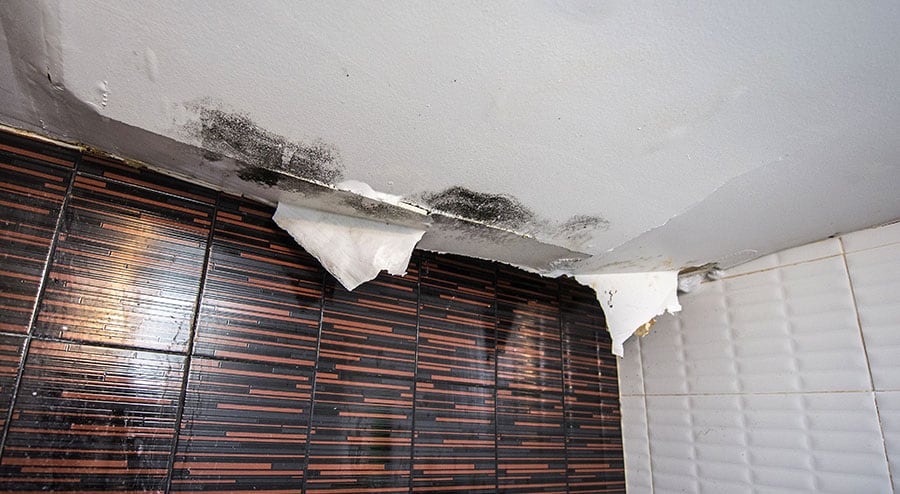Do's & Don'ts of Water Restoration.
Do's & Don'ts of Water Restoration.
Blog Article
We've discovered this great article about Keeping Your Home Safe This Holiday Season directly below on the internet and reckoned it made perfect sense to relate it with you on my blog.

Water gives life, water breach on parts where it's not supposed to be can result in damages. Houses with water damage smell old and also mildewy.
Water can originate from numerous resources such as tropical cyclones, floods, ruptured pipes, leakages, and sewage system problems. In case you experience water damage, it would certainly be good to recognize some security preventative measures. Right here are a few standards on how to take care of water damages.
Do Prioritize House Insurance Policy Protection
Water damage from flooding dues to hefty winds is seasonal. You can likewise experience a sudden flooding when a damaged pipeline all of a sudden bursts right into your house. It would be best to have residence insurance policy that covers both disasters such as natural tragedies, and also emergency situations like damaged plumbing.
Don't Neglect to Shut Off Energies
In the event of a calamity, especially if you reside in a flood-prone location, it would certainly be advisable to shut off the primary electric circuit. This removes power to your whole house, stopping electric shocks when water comes in as it is a conductor. Furthermore, don't fail to remember to switch off the major water line shutoff. Furnishings will certainly relocate about as well as cause damage when floodwaters are high. Having the primary valve turned off stops more damages.
Do Keep Proactive and also Heed Climate Informs
Pay attention to emptying cautions if you live near a creek, river, or lake. Doing so minimizes potential property damages.
Don't Overlook the Roof
Before the climate turns shocking, ensure you have a roof covering evaluation. It would be prudent to obtain this service every year as it can mitigate complicated concerns. You can prevent rainfall damage if there are no holes as well as leaks in your roof covering. Your roofing contractor will certainly also look after malfunctioning seamless gutters or any other signs of weakening. This will avoid water from streaming down your wall surfaces and soaking your ceiling.
Do Take Notice Of Small Leaks
A burst pipe doesn't happen overnight. Typically, there are red flags that suggest you have weakened pipes in your home. As an example, you might notice bubbling paint, peeling wallpaper, water streaks, water stains, or trickling noises behind the walls. Eventually, this pipe will certainly break. Preferably, you need to not await points to intensify. Have your plumbing repaired before it results in huge damage.
Don't Panic in Case of a Burst Pipeline
Maintaining your presence of mind is essential in a time of situation. Because it will certainly stifle you from acting fast, worrying will only worsen the issue. Timing is essential when it comes to water damages. The longer you wait, the more damages you can anticipate. Thus, if a pipeline bursts in your house, immediately turned off your main water shutoff to cut off the resource. Disconnect all electrical outlets in the location or turn off the circuit breaker for that part of the home. Call a reputable water damages restoration expert for aid.
Water provides life, water invasion on components where it's not intended to be can result in damage. Houses with water damages scent stuffy and old.
Water damage from flood fees to hefty winds is seasonal. You may notice bubbling paint, peeling wallpaper, water streaks, water spots, or trickling audios behind the walls. When it comes to water damage, timing is essential.
Some Do's & Don't When Dealing with a Water Damage
DO:
Make sure the water source has been eliminated. Contact a plumber if needed. Turn off circuit breakers supplying electricity to wet areas and unplug any electronics that are on wet carpet or surfaces Remove small furniture items Remove as much excess water as possible by mopping or blotting; Use WHITE towels to blot wet carpeting Wipe water from wooden furniture after removing anything on it Remove and prop up wet upholstery cushions for even drying (check for any bleeding) Pin up curtains or furniture skirts if needed Place aluminum foil, saucers or wood blocks between furniture legs and wet carpet Turn on air conditioning for maximum drying in winter and open windows in the summer Open any drawers and cabinets affected for complete drying but do not force them open Remove any valuable art objects or paintings to a safe, dry place Open any suitcases or luggage that may have been affected to dry, preferably in sunlight Hang any fur or leather goods to dry at room temperature Punch small holes in sagging ceilings to relieve trapped water (don't forget to place pans beneath!); however, if the ceiling is sagging extremely low, stay out of the room and we'll take care of it DO NOT:
Leave wet fabrics in place; dry them as soon as possible Leave books, magazines or any other colored items on wet carpets or floor Use your household vacuum to remove water Use TV's or other electronics/appliances while standing on wet carpets or floors; especially not on wet concrete floors Turn on ceiling fixtures if the ceiling is wet Turn your heat up, unless instructed otherwise

Do you appreciate reading about Ways to Reduce The Risk Of Fire And Water Damage? Try leaving a comment down the page. We would be pleased to know your ideas about this post. Hoping to see you back again before long. Appreciated our blog posting? Please share it. Let another person locate it. Bless you for your time. Come back soon.
Report this page